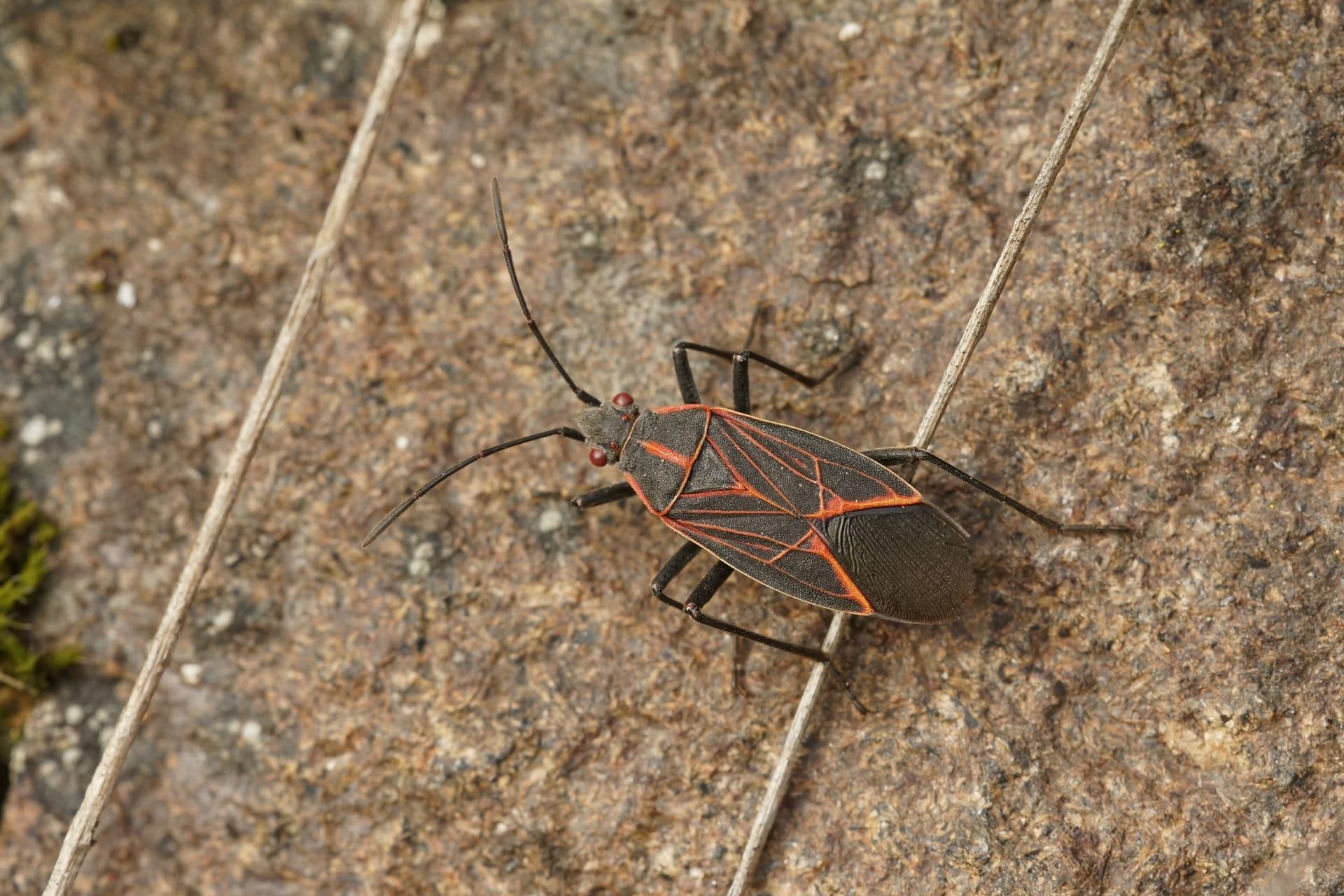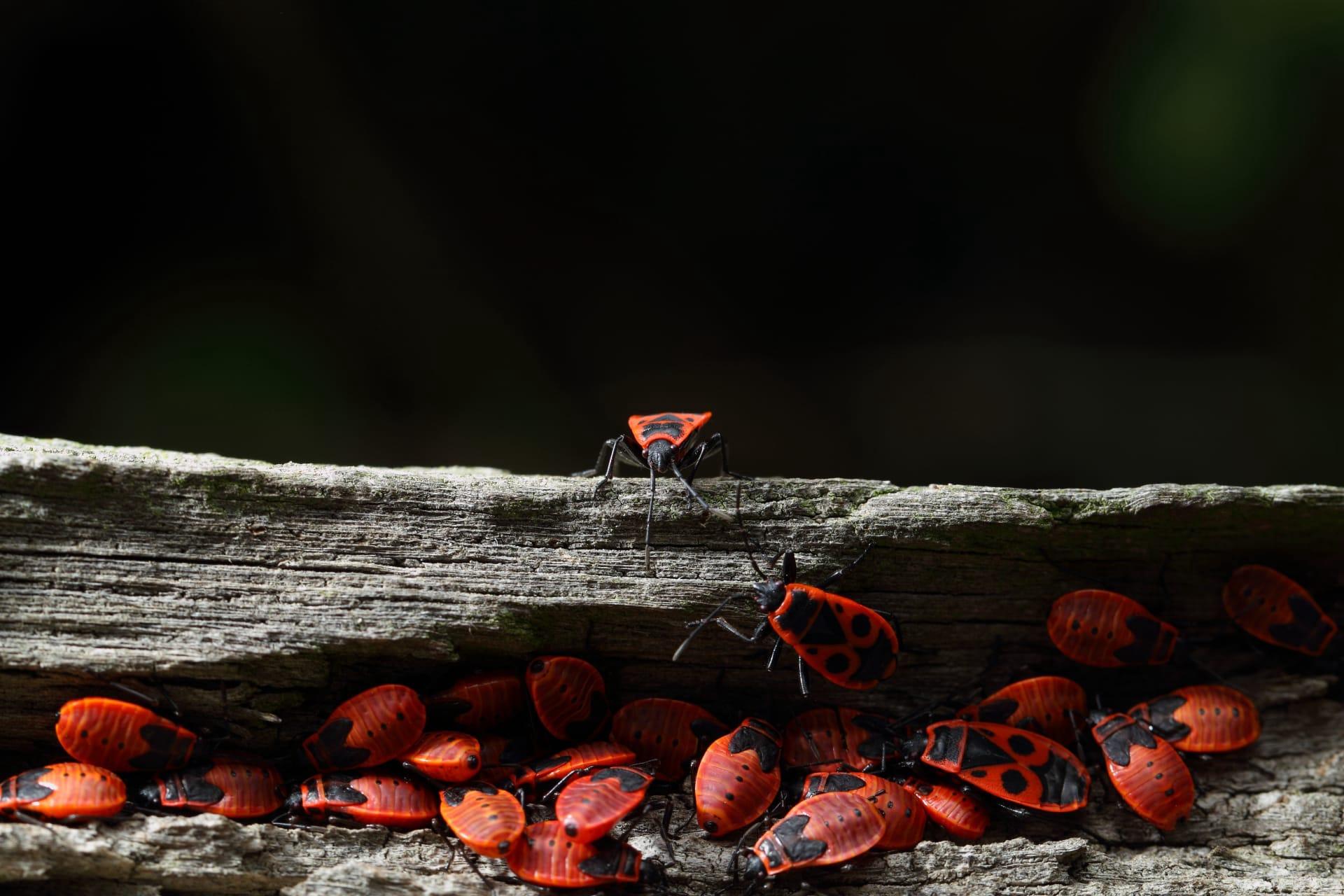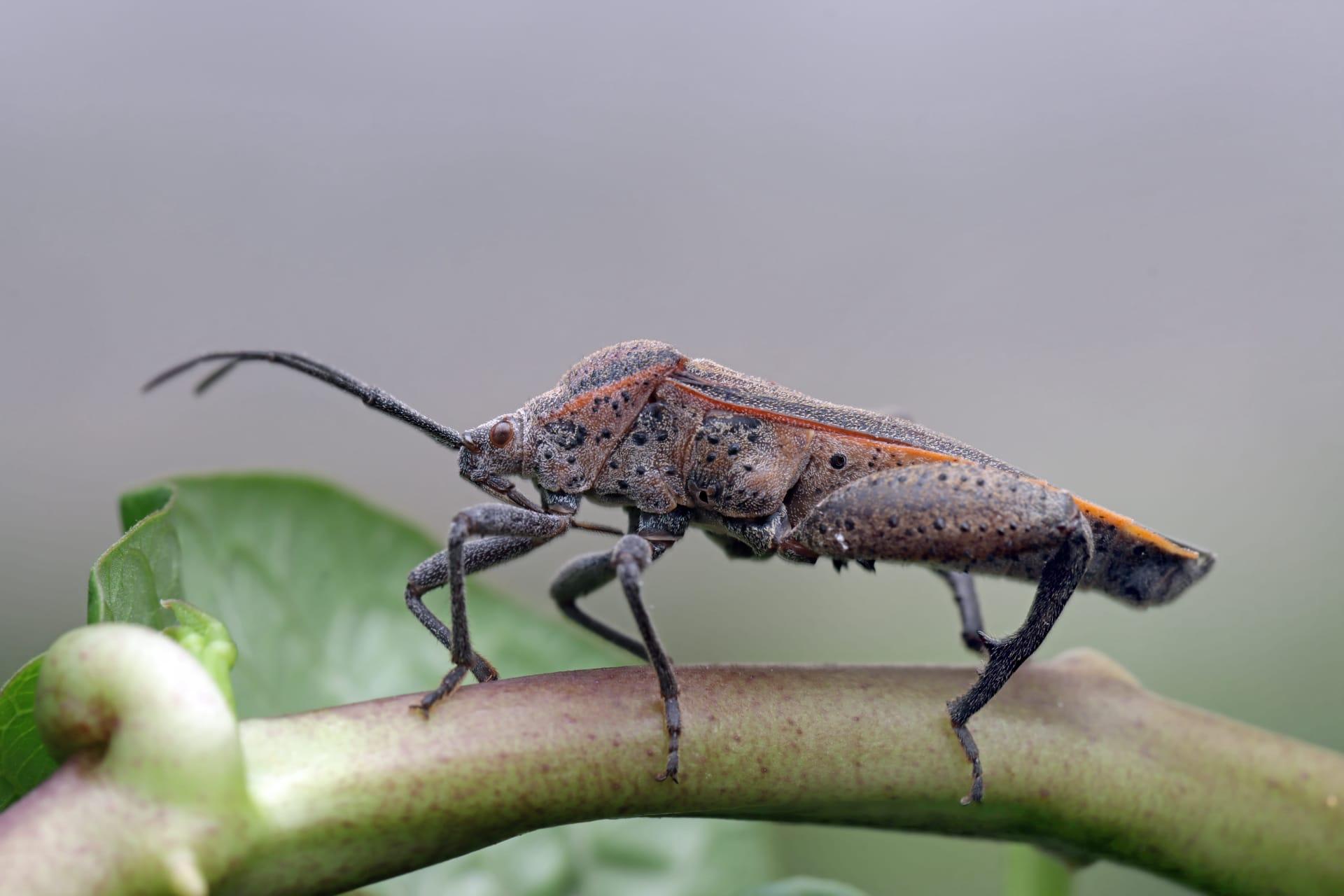Boxelder Bug Characteristics
- Home /
- Mini Encyclopedia /
- Animal /
- Boxelder Bug Characteristics
1
Welcome to the fascinating world of the Boxelder Bug! These insects, usually about half an inch long, are easily recognizable by their striking black and red or orange markings. They're not just pretty faces, though; they're equipped with six legs and two antennae, all the better for navigating their world. Their lifespan, intriguingly, varies with their environment. Indoors, they can live for several months, while outdoor Boxelder Bugs typically survive for just a few weeks.
Now, let's talk about their most remarkable organ: their mouthparts. These aren't just for munching on leaves; they're a sophisticated piece of biological machinery. Shaped like a straw, these mouthparts are used to pierce plant tissues and suck out the sap. This is their primary way of feeding and is a vital part of their survival strategy. But it's not all about food; these mouthparts also play a key role in their mating rituals and in defending themselves against predators.

2
Question: Why do Boxelder Bugs gather in large numbers on the sides of buildings?
Answer: Boxelder Bugs are sun-seekers! As cold weather approaches, they congregate on sunny, warm surfaces, often on the sides of buildings, to absorb heat. This behavior is not just a cozy get-together; it's crucial for their survival. By soaking up the sun's rays, they can raise their body temperature, which helps them survive the colder months. Interestingly, they're attracted to buildings with a lot of sun exposure and light-colored surfaces, which reflect more sunlight. So, if you see a group of these black and red bugs basking on a sunny wall, now you know they're just catching some rays to stay warm!

3
The Boxelder Bug is quite the athlete! These little critters are known for their agility and speed. They are adept at both crawling and flying. When they take to the air, their wings, which are normally hidden under their distinctive red-lined wing covers, unfurl and allow them to zip around with surprising speed. On the ground, they're equally swift, scurrying quickly when disturbed.
When it comes to dining, Boxelder Bugs are somewhat picky eaters. They primarily feed on the sap from boxelder trees, hence their name. They use their specialized mouthparts to pierce the tree's bark and access the sap. While boxelder trees are their preferred choice, they're also known to feed on other species like maple and ash. Interestingly, during the warmer months, they feast more to store energy for the colder season, making them quite active in their search for food during this time.

4
Boxelder Bugs thrive in a variety of environments, but they have a particular affinity for areas where boxelder trees are abundant. They're commonly found in the United States, especially in the Midwest and Eastern regions. These bugs prefer sunny areas that are sheltered from the wind, which is why you often find them on the sunny side of trees, rocks, and buildings.
In terms of reproduction, Boxelder Bugs are quite prolific. They lay their eggs in the spring, typically in the crevices of tree bark or other sheltered areas. The eggs are initially yellow and turn red as they develop. In about two weeks, they hatch into nymphs, which resemble the adults but are smaller and lack wings. The nymphs go through several stages of development, molting as they grow, before becoming fully mature adults. This life cycle allows for rapid population growth, especially in areas with ample food supply.

5
Book: "The Secret Life of Boxelder Bugs" by Dr. Linda E. Ray. This informative book, published in the United States in 2015, delves into the unique behaviors and life cycle of the Boxelder Bug. Dr. Ray, an entomologist, combines scientific research with engaging narratives to bring these creatures to life for readers. She explores their ecological impact, their role in their ecosystem, and provides insights into their surprisingly complex social behaviors.
Book: "Boxelder Bugs: A Natural History" by Prof. James T. Green. Published in Canada in 2018, this book offers a comprehensive look at the Boxelder Bug. Prof. Green, a renowned biologist, uses his extensive field research to paint a detailed portrait of these insects. He covers everything from their evolutionary history to their modern-day interactions with humans and the environment. This book is particularly notable for its in-depth analysis of Boxelder Bug migration patterns and survival strategies in various climates.